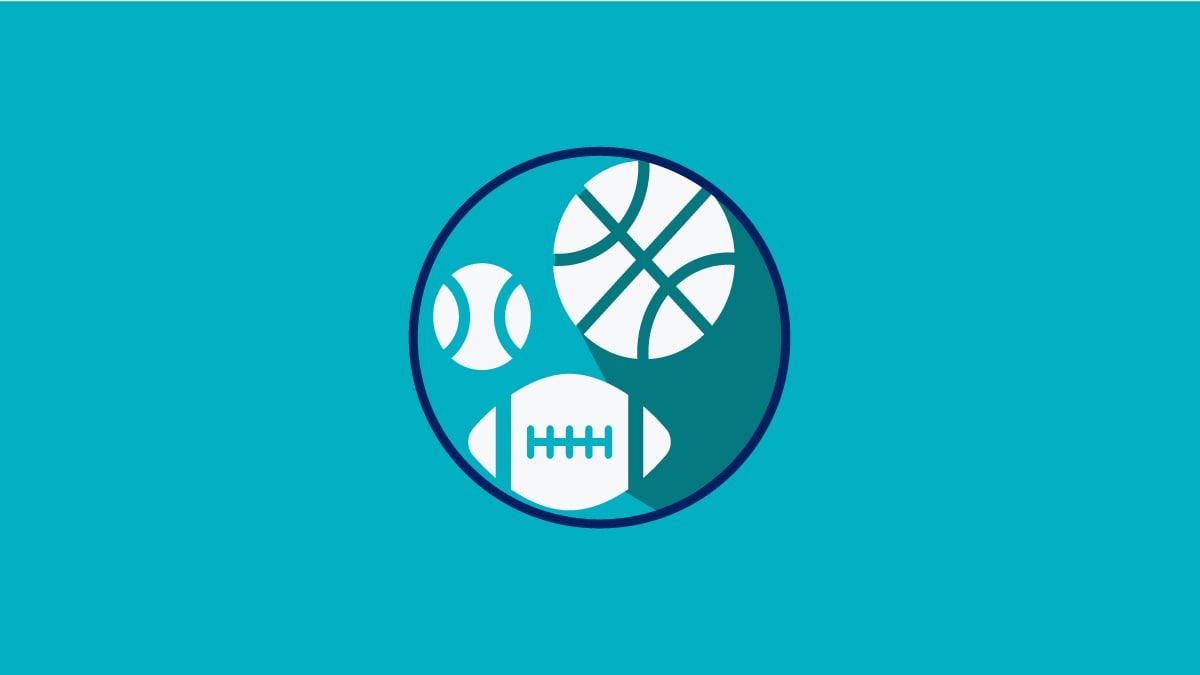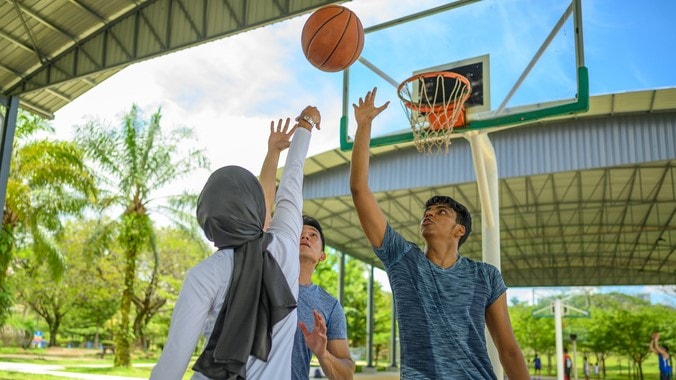What to know
As a sports and fitness professional, your job is to help your clients be more physically active. You can also support effective strategies that make it easier for everyone in your community to be physically active.

Overview
Sports and fitness professionals include personal trainers, group fitness instructors, athletic trainers and coaches, and physical rehabilitation professionals. They can help people of all ages and abilities access programs and facilities for physical activity. Sports and fitness professionals can help ensure a welcoming and inclusive environment.
People can access fitness facilities and activities in many ways. For example, health clubs and facilities such as a YMCA provide indoor spaces for those who prefer them or for use during bad weather. Parks and other outdoor areas provide space for both individual and group activities.
For children and adolescents, youth sports and physical education can offer a variety of physical activities for every age and developmental level. Learning to enjoy physical activity at a young age can set the foundation for a lifetime of healthy habits.
What can you do?
You can use the following strategies to encourage physical activity among your clients and in your community:
Educate people about the benefits of safe physical activity and places to be active.
- Encourage people to meet the national physical activity guidelines and recommend ways to add more physical activity to their day.
- There are many ways to be physically active outside the gym—like gardening, taking a walk, biking to the store, or doing household chores.
- Provide information to promote the physical and mental health benefits of regular physical activity. This is especially important in settings or communities where people have trouble being physically active.
- Share the locations of parks, trails, greenways, and other green spaces where people can be physically active.
- Provide information about community programs that offer social support for physical activity, such as group classes and buddy systems.
- Join professional initiatives, such as the Moving Together Outside Campaign, that raise awareness about how shared-use agreements and other creative solutions can suggest more ways to be physically active.
Promote the design of communities and use of spaces that support safe and convenient ways to be physically active.
- Offer sports, walking groups, fitness classes, and programs in places that are accessible to public transportation or within walkable or bikeable distances of homes, worksites, parks, recreational facilities, and other gathering places.
- Ensure that sports programs are conducted in a way that is both fun and safe.
- Lead or join a walk audit with local residents, including young people and people with mobility challenges.
- Conduct audits during the day and at night to identify any unsafe conditions.
- Use the results of the audit to suggest improvements to the local public works and transportation departments and to elected officials.
- Join community coalitions and partnerships and share ways to help make your community more activity-friendly.
- Promote partnerships with professionals, such as architects, planners, and developers, to design and build accessible fitness and sports facilities. Include equipment that people of all ages and abilities can use.
- Support transportation and land use policies and plans that create safer streets, sidewalks, and places that encourage physical activity.
Promote equitable community programs and policies that make it safe and easy for people to walk, bike, or wheelchair roll and be physically active.
- Offer inclusive programs for young people and adults that meet the needs of the community. Modify programs to address issues such as safety concerns, cultural preferences, costs, and lack of opportunities for people with disabilities.
- Offer free or low-cost youth sports programs so families with financial barriers can participate.
- Provide social support for physical activity, such as buddy systems and walking, hiking, or bicycling groups.
- Work closely with parks and recreation departments to promote the availability of safe, convenient, and well-designed parks, trails, and greenways. Encourage programs that promote physical activity in these spaces.
- Support the development and adoption of shared-use agreements or other mechanisms that broaden access to community spaces, such as parks and playgrounds. This may include school fields and playgrounds for community use outside of school hours.
- Promote policies that increase equitable access to physical education and youth sports programming in schools, parks, and other community settings.

What others are doing
These groups are increasing physical activity in their communities.
Coeur d'Alene Tribe's Pow Wow Sweat in Idaho
The Coeur d'Alene tribe in Plummer, Idaho, launched a program called the Pow Wow Sweat program to increase opportunities for physical activity in Native American communities. The program includes a series of aerobic videos that feature dancers from Coeur d'Alene and other tribes doing traditional dances with a modern twist. In addition to the free online videos, the program provides DVDs and a social media forum to help raise awareness.
Saturday Night Lights Shared Use Program in New York
This citywide program started when a single gym in West Harlem opened its doors to people 11 to 18 on Saturday nights. Now gyms in every borough in New York provide safe spaces for young people to be physically active. The program offers a variety of sports and other activities, including soccer, basketball, rugby, and dance.
Tai Chi Classes for Seniors in Oregon
Seniors in Lake Oswego, Oregon, can join group physical activity classes, including yoga, dance, and tai chi, at the Lake Oswego Adult Community Center. The instructor of the tai chi class focuses on healthy aging and sometimes hosts classes in a local park. Participants gain mental, social, and physical benefits, like better balance to help them avoid falls. Group classes offer an added layer of social support to keep people motivated.
Resources: General
Exercise Professionals' Action Guide
Guides exercise professionals to work with doctors and other health care providers to encourage "prescribing" physical activity as patient care. It includes sample forms and templates.
Let's Go for A Walk: A Toolkit for Planning and Conducting a Walk Audit
Guides users through a few simple steps to prepare for and conduct a walk audit.
Maximizing the Impact of Shared Use Agreements: A Guide for Policymakers and Fitness Professionals
Describes best practices for using public spaces for physical activity. Policy makers and fitness professionals can use it to help ensure safety, preservation, and enjoyment of community resources for all users.
Move Your Way®
Provides free tools and resources to promote key messages from the Physical Activity Guidelines for Americans, 2nd edition including fact sheets, posters, videos, and interactive tools.
National Physical Activity Plan: Community Recreation, Fitness and Parks Sector
Provides policy and programmatic recommendations to increase physical activity. It includes strategies and tactics that communities, organizations, and individuals in the sports and fitness sector can use to support physically active lifestyles.
Walk This Way! A Guide for Developing Community and Individual Walking Programs
Resources to help individuals, community organizations, faith-based institutions, schools, and employers create walkable environments and encourage and support people to walk more. It describes the benefits of walking and ideas for walking challenges.
Resources: Youth Sports
The National Youth Sports Strategy
Explains benefits, barriers, and opportunities and identify strategies to support equitable youth sports participation.
PCSFN Science Board Report on Youth Sports
Highlights the science of the youth sports experience, including access, quality, lifelong participation, and the role of parents, coaches, and mentors. It describes the benefits of youth sports across five domains. See the Benefits of Youth Sports fact sheet for a summary.
Inclusive Sports and Fitness
Helps schools provide inclusive sports opportunities. Describes why these opportunities are important, outlines three basic models, and includes a checklist for developing each model. Tips for success and templates for creating an action plan are included.
Sport for All, Play for Life
Provides eight strategies that can create systems-level changes and improve youth sports participation. Also highlights ways different sectors can take action.
